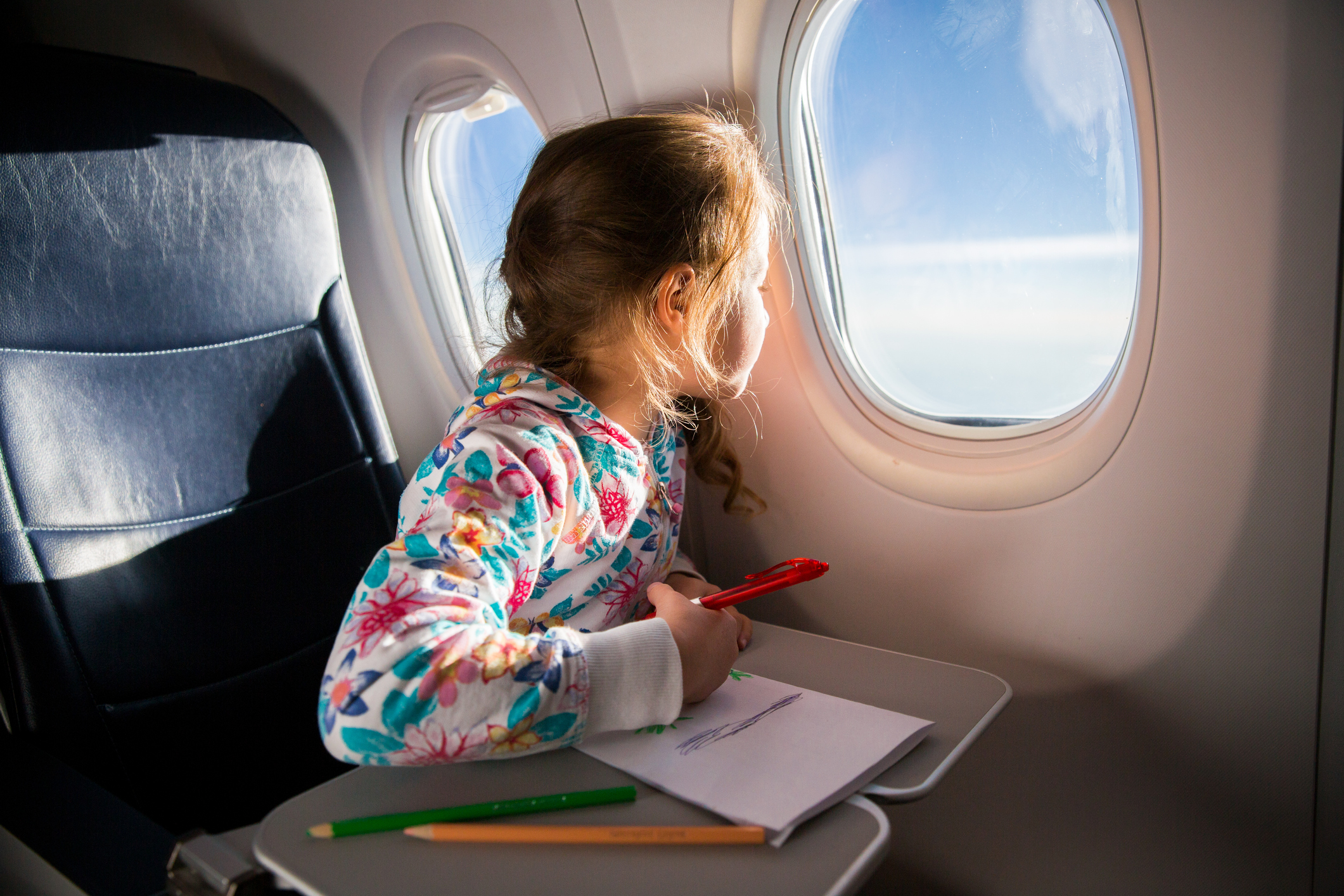What You Need to Know When Your Child Flies Solo
Airlines, airports make special accommodations to put parents’ minds at ease
By Meg St-Esprit
Published October 23, 2023
Read Time: 3 mins
Liz Sterrett regularly visits Pittsburgh International Airport to put her 9-year-old daughter on a Southwest Airlines plane alone to visit her father in Austin, Texas.
“She started flying unaccompanied around 7 or 8 years old,” Sterrett said.
Sterrett, of Pittsburgh’s North Hills, said she has faith in the airline to get her daughter safely to her destination, but for many other parents, the decision to let a child fly alone can seem “complicated and overwhelming,” said Elise Gomez, manager of Customer Experience for the Allegheny County Airport Authority, which runs Pittsburgh International Airport. “But it’s actually a safe process that airlines navigate every day.”
In Sterrett’s case, her daughter’s father makes the appropriate arrangements on the phone, with airline representatives asking many questions of both parents as well as the child traveling.
“Overall, it seems like it has been a pretty seamless process, if you don’t mind a long phone call,” she said.
The U.S. Department of Transportation estimates that each year, about 7 million children fly on commercial airlines as “unaccompanied minors”—that is, without a parent or guardian.
There are many reasons children fly alone. They may visit grandparents or a divorced parent. Others fly to attend summer camps or other activities in different parts of the country. The decision to let your child fly alone can be a nerve-wracking one, but PIT offers some guidance to help parents navigate the decision.
Age guidelines
The U.S. Department of Transportation provides guidelines for flying as an unaccompanied minor. Children must be at least 5 years old to fly without a guardian, but airlines can impose their own restrictions. Some airlines, such as Allegiant and Frontier, do not allow children under 15 to fly alone.
Children between the ages of 5 and 8 may fly alone on direct or through flights, meaning they do not need to get off the plane until reaching their final destination. Children 8 and older can fly on any domestic flight and may transfer to another flight.
Flight attendants and other airline staff will help children navigate takeoff, landing, the flight itself and any connections until age 12 or 15, depending on the airline. Some airlines will provide help for kids up to 17.
American Airlines, Delta Air Lines, JetBlue, Spirit Airlines and United Airlines require a child to be 14 before flying without unaccompanied minor procedures. Southwest Airlines and Hawaiian Airlines require assistance for children up to age 12.
Alaska Airlines is the only major carrier that requires all children ages 5-17 to have unaccompanied minor procedures for all flights.
All children under 18 flying internationally will be required to have unaccompanied minor procedures.
Most airlines charge fees of between $50 and $150 to accommodate unaccompanied minors.
Airport questions
Parents must make arrangements for their children to fly alone before the travel date, either by phone or at the airline’s ticketing counter at the airport. Gomez recommends planning these trips well in advance and talking with the airline before booking the flight.
While airlines handle the details for children flying alone, the airport often fields questions from parents about the process.
“We receive multiple requests per week for information on unaccompanied minors as there are times when people don’t know what to do on the first step of the process. So they reach out to us first before the airline,” says Gomez.
The airport directs parents towards each airline’s customer service center and is always available to answer general questions or assist travelers when they get to the airport, she said.
Liz Sterrett said she’s learned to leave even earlier than usual when she’s taking her daughter to the airport because parents must obtain gate passes from the airline ticket counter to accompany their children to the gate.
“They slide your kid’s boarding pass into a little laminated pocket on a lanyard so they can wear it around their neck and not misplace it,” Sterrett said.
Watch
This Next
Read
This Next






